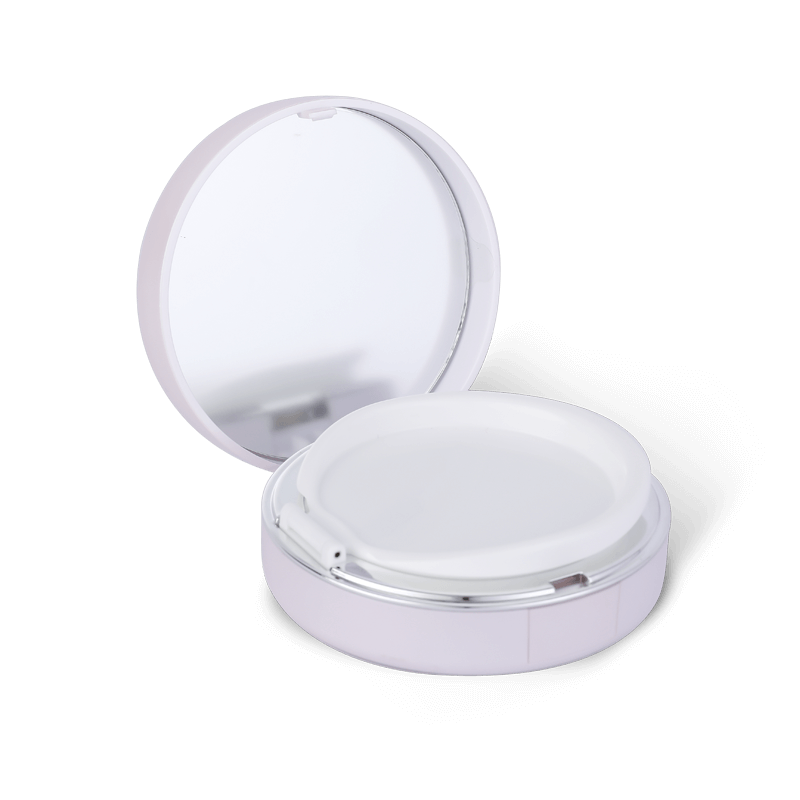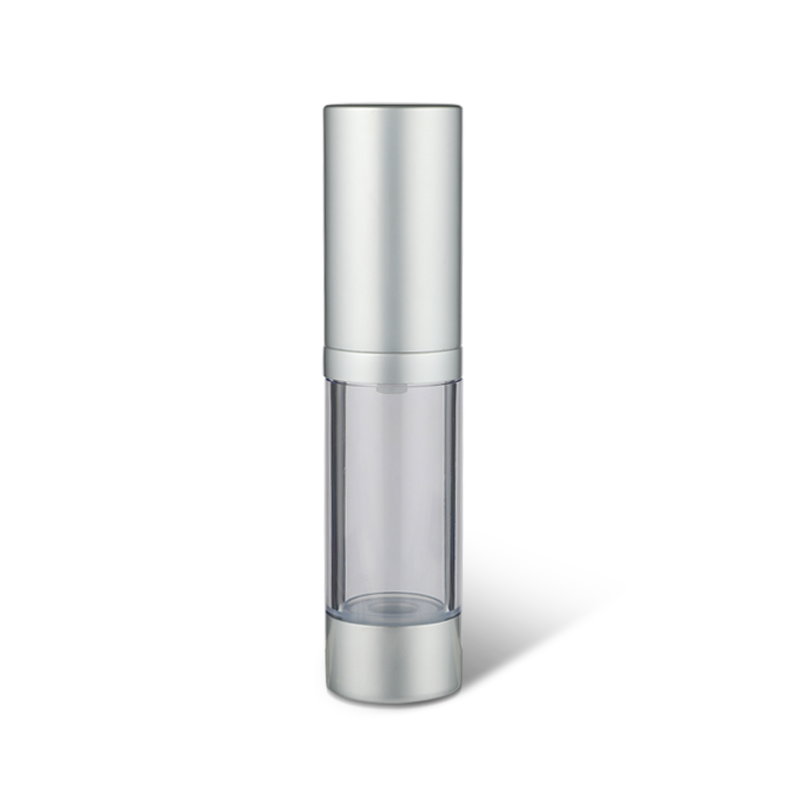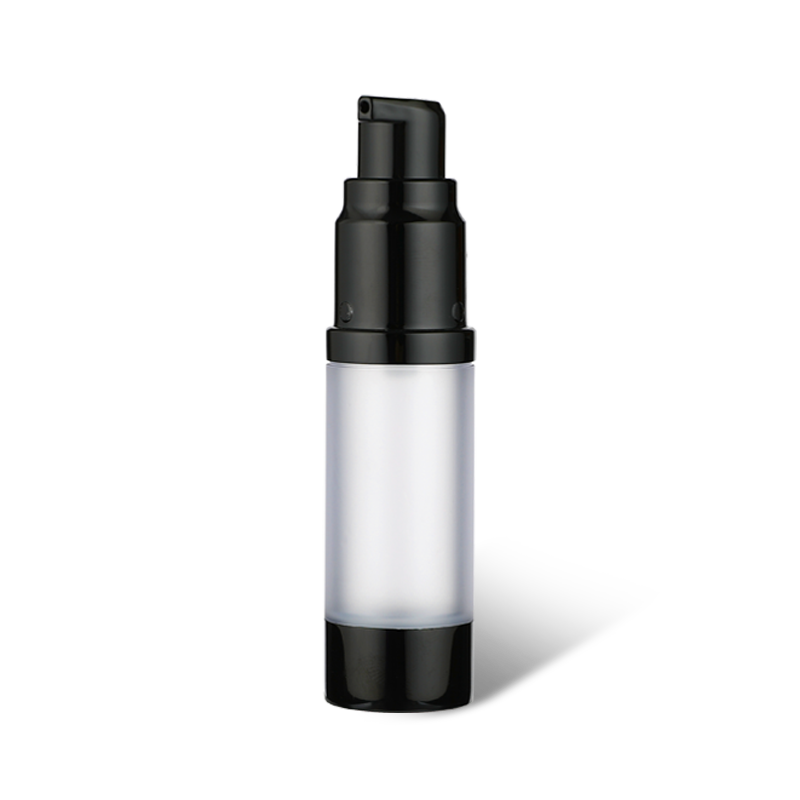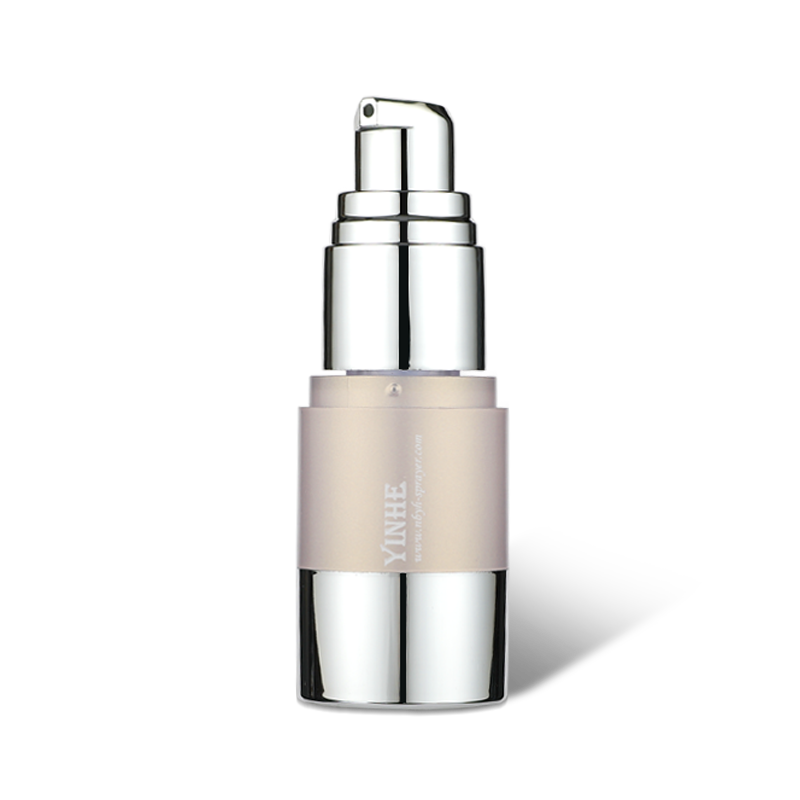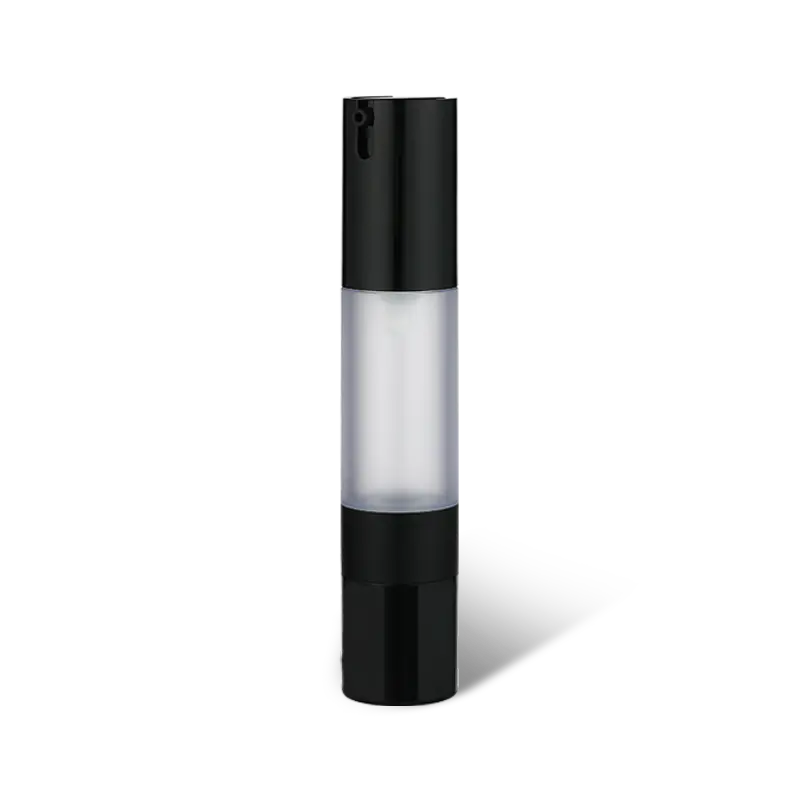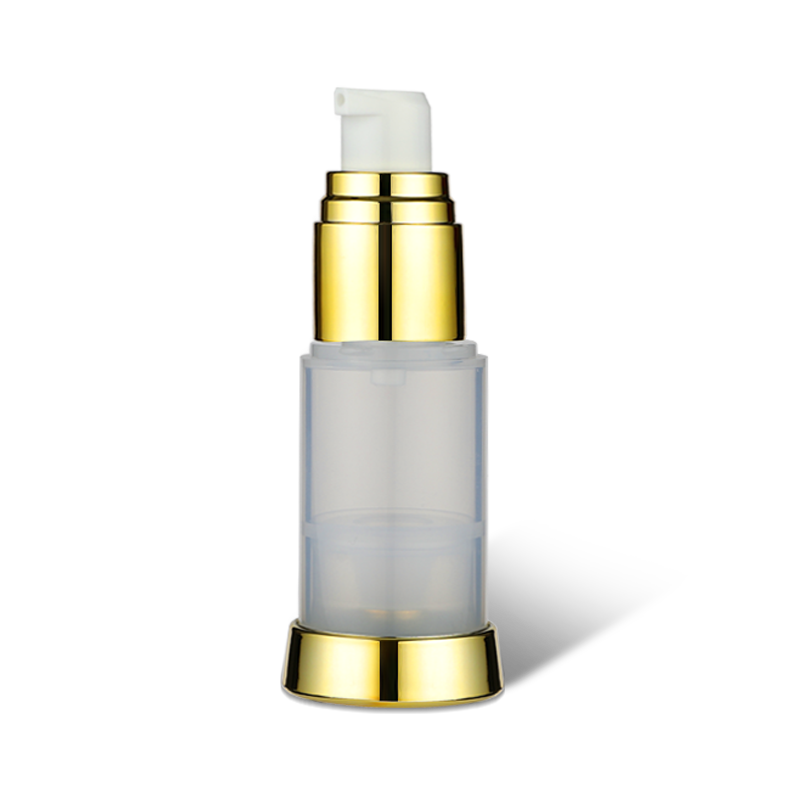YINHE Articles - The Leading Packaging Manufacturer of The Cosmetics
Home / News / Industry News / Five common requirements for cosmetic packaging(1)
Cosmetic packaging is more complex, including first-tier packaging, two- or three-layer packaging, and outer packaging. There are many types of first-layer packaging, including bottles (such as plastic bottles, glass bottles), hoses (such as plastic hoses, composite hoses, metal hoses), bags (such as paper bags, plastic bags, composite bags), etc. The second or third layer packaging category includes boxes (such as cartons, plastic boxes, metal boxes), labels, plastics, etc.; outer transport packaging includes cushioning and packaging.
The appearance of different levels of packaging requires commonality and inherent specificity. The commonality of the appearance requirements includes packaging printing patterns and handwriting should be neat, clear, not easy to fall off, and the color should be uniform. The particularity of the appearance requirements varies according to the packaging of the different categories.
For bottle packaging, the bottle body should be smooth, smooth, uniform, no obvious scars and deformation, no cold bursts and cracks; the mouth should be straight and smooth, there should be no burrs (hair), threads, bayonet The matching structure should be intact and correct; the cooperation between the bottle and the cover should be tight, without slipping, loosening and leakage; the inside and outside of the bottle should be kept clean.
For bag packaging, it should not have obvious wrinkles, scratches, air bubbles, and the color should be uniform; the sealing should be firm, there should be no opening, perforation or liquid leakage (paste); the composite bag should be composite and firm, coating layer Uniform, no shedding.
Material requirements
In order to make the packaging sustainable, bio-based degradable materials came into being and gradually became a hot topic in the industry. Bio-based degradable materials refer to a new class of materials made by biological, chemical and physical methods using renewable materials such as crops, trees, other plants and their residues and inclusions.
Products made from bio-based degradable materials are typically green, environmentally friendly, renewable, and biodegradable.
At present, large companies such as DuPont and BASF are actively expanding their bio-based chemicals business. As a packaging development worker in cosmetics manufacturing, I hope that in the future, bio-based degradable materials can be applied to cosmetic packaging to promote the sustainable development of cosmetic packaging.
